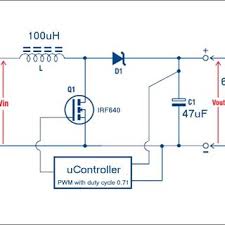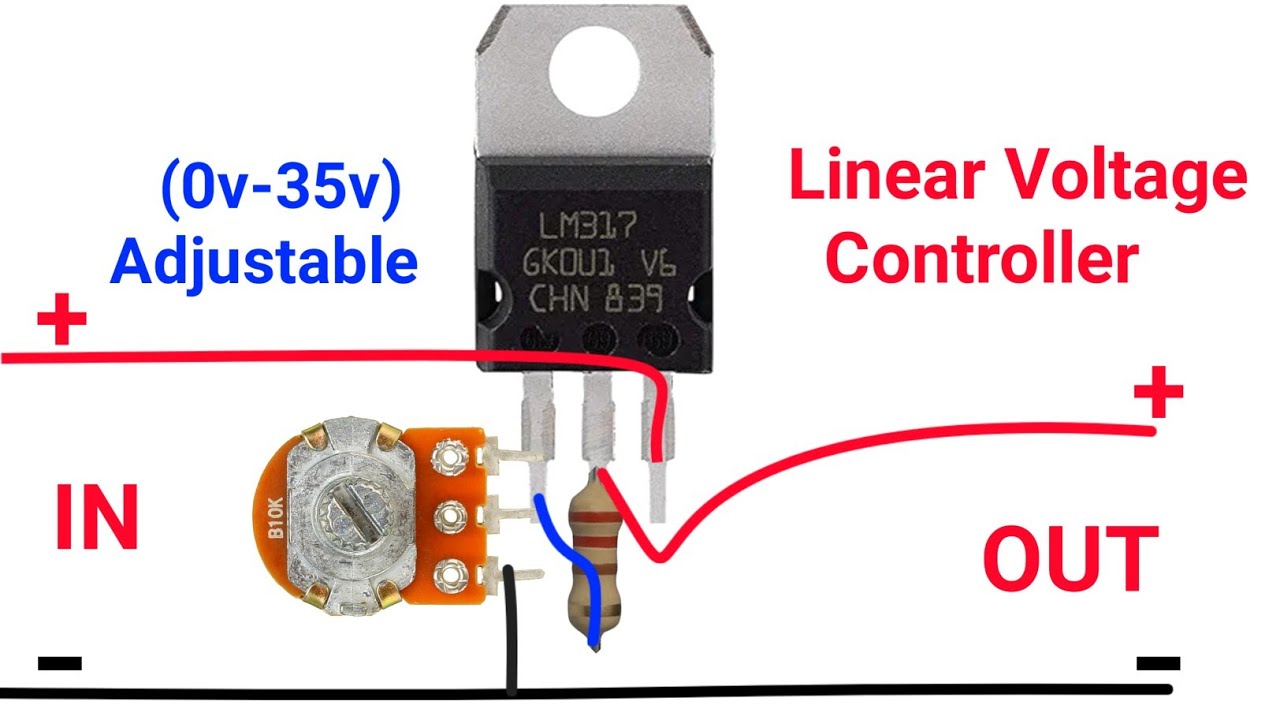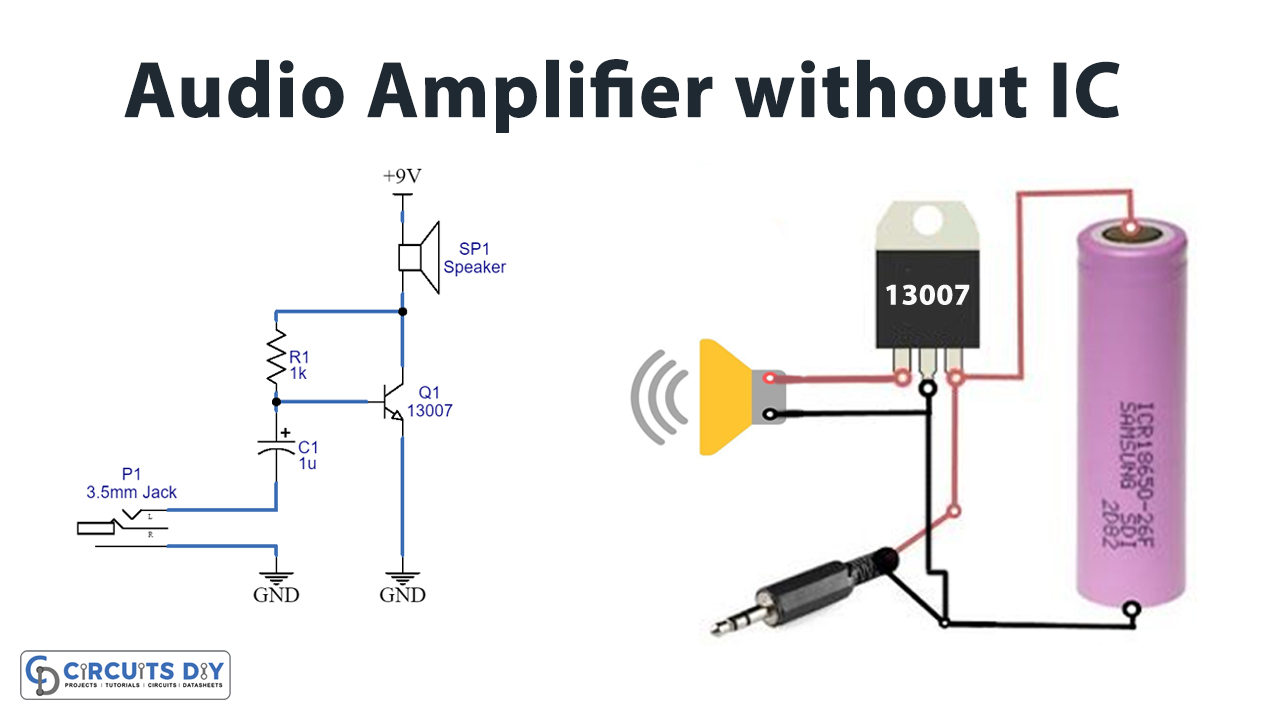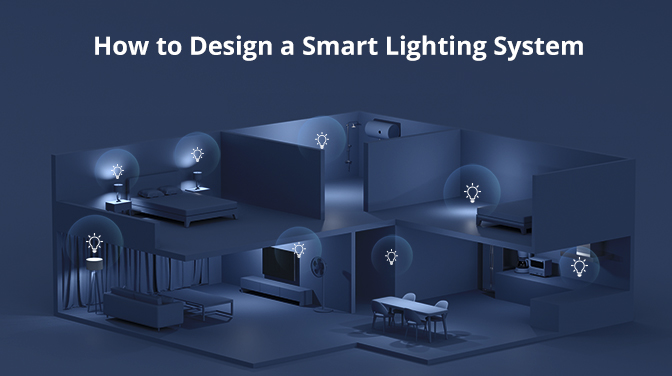Best Way to Design a DC Voltage Booster
DC voltage boosters are essential components in various electronic devices, from mobile phones to electric vehicles. They are designed to increase the voltage output from a DC power source to a desired level, ensuring continuous and reliable power supply. In this article, we will discuss the best way to design a DC voltage booster for optimal performance and efficiency.
Understanding the Basics
Before delving into the design process, it is crucial to understand the basics of how a DC voltage booster works. A typical booster circuit consists of an inductor, a diode, a capacitor, and a transistor. When the input voltage is applied, the transistor switches on and off rapidly, allowing energy to flow between the input and output circuits through the inductor.
Choosing the Right Components
One of the most critical aspects of designing a DC voltage booster is selecting the right components. The inductor, diode, capacitor, and transistor must be chosen based on the desired output voltage, input voltage, and current requirements. It is essential to consider factors such as efficiency, size, and cost when selecting components for the booster circuit.
Calculating the Parameters
Once the components are selected, the next step is to calculate the parameters of the booster circuit. This includes determining the inductance value of the inductor, the capacitance value of the capacitor, and the switching frequency of the transistor. Proper calculation of these parameters is crucial to ensure the booster circuit operates efficiently and reliably.
Layout and Circuit Design
After selecting the components and calculating the parameters, the next step is to design the layout of the booster circuit. The components must be arranged in a way that minimizes interference and maximizes efficiency. Additionally, the circuit design must consider factors such as heat dissipation and electromagnetic compatibility to ensure optimal performance.
Testing and Optimization
Once the booster circuit is assembled, it is essential to test and optimize its performance. This includes measuring the output voltage, current, and efficiency of the circuit under various load conditions. By analyzing the test results and making necessary adjustments, you can optimize the design for maximum performance and efficiency.
Conclusion
Designing a DC voltage booster requires careful consideration of various factors, from component selection to circuit layout and testing. By following the best practices outlined in this article, you can create a robust and efficient booster circuit for your electronic devices. Remember to continuously test and optimize your design to ensure optimal performance and reliability.
Best Way to Design a DC Voltage Booster
DC voltage boosters are essential components in various electronic devices, from mobile phones to electric vehicles. They are designed to increase the voltage output from a DC power source to a desired level, ensuring continuous and reliable power supply. In this article, we will discuss the best way to design a DC voltage booster for optimal performance and efficiency.
Understanding the Basics
Before delving into the design process, it is crucial to understand the basics of how a DC voltage booster works. A typical booster circuit consists of an inductor, a diode, a capacitor, and a transistor. When the input voltage is applied, the transistor switches on and off rapidly, allowing energy to flow between the input and output circuits through the inductor.
Choosing the Right Components
One of the most critical aspects of designing a DC voltage booster is selecting the right components. The inductor, diode, capacitor, and transistor must be chosen based on the desired output voltage, input voltage, and current requirements. It is essential to consider factors such as efficiency, size, and cost when selecting components for the booster circuit.
Calculating the Parameters
Once the components are selected, the next step is to calculate the parameters of the booster circuit. This includes determining the inductance value of the inductor, the capacitance value of the capacitor, and the switching frequency of the transistor. Proper calculation of these parameters is crucial to ensure the booster circuit operates efficiently and reliably.
Layout and Circuit Design
After selecting the components and calculating the parameters, the next step is to design the layout of the booster circuit. The components must be arranged in a way that minimizes interference and maximizes efficiency. Additionally, the circuit design must consider factors such as heat dissipation and electromagnetic compatibility to ensure optimal performance.
Testing and Optimization
Once the booster circuit is assembled, it is essential to test and optimize its performance. This includes measuring the output voltage, current, and efficiency of the circuit under various load conditions. By analyzing the test results and making necessary adjustments, you can optimize the design for maximum performance and efficiency.
Conclusion
Designing a DC voltage booster requires careful consideration of various factors, from component selection to circuit layout and testing. By following the best practices outlined in this article, you can create a robust and efficient booster circuit for your electronic devices. Remember to continuously test and optimize your design to ensure optimal performance and reliability.



